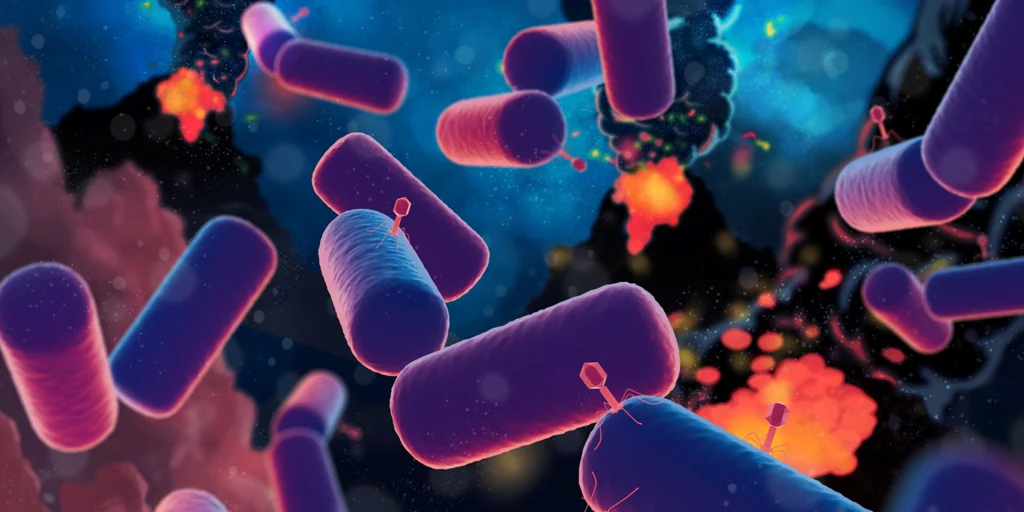LUCA, the first organism on Earth, lived 4.2 billion years ago, much earlier than previously thought.

An international team of researchers led by scientists from the University of Bristol has obtained dramatic new data on what the first ecosystem on Earth was like more than 4 billion years ago, showing that shortly after … formation of our planet (several hundred million years), life has already taken root. The results have just been published in the journal Nature Ecology & Evolution.
All living life, from worms to sequoias to elephants, descended from a single first common ancestor, known colloquially as LUCA (Last Universal Common Ancestor). LUCA represents the very root of the tree of life, before it diverged into the groups of bacteria, archaea, and eukarya we know today.
We could then say that all life on our world began with LUCA and that it later evolved according to a set of patterns common to all living things: the same amino acids for building proteins, the same common “energy currency” (ATP), the same cellular machinery that makes proteins from information stored in DNA, and even the fact that all existing life uses DNA as a way to store information.
Older than expected
For their study, the team of researchers tackled a challenging task by comparing the genomes of several living species by counting the mutations in their genetic sequences that have accumulated over time since they were first transferred to LUCA.
In some cases, the fossil record can reveal the time interval between different species, so the team used the genetic equivalent of a well-known equation that physicists use to calculate speed and determined that LUCA dates back no more or less than 4.2 billion years. That’s only about 400 million years after Earth itself and our solar system formed.
“We didn’t expect LUCA to be so old, just a few hundred million years after the Earth formed,” says Sandra Alvarez-Carretero of the University of Bristol and co-author of the study. “However, our results are consistent with current views on the habitability of the early Earth.”
The next step was to solve the biology of LUCA, for which the researchers built a computer model with the physical characteristics of living species and, like a movie played in reverse, back to the ancestral organism itself. According to Edmund Moody, the paper’s lead author, “The evolutionary history of genes is complicated by their exchange between lineages. We have to use sophisticated evolutionary models to reconcile their evolutionary history with the genealogy of species.”
A whole ecosystem
The study, as co-author Davide Pisani explains, “demonstrated that LUCA was a complex organism, not unlike modern prokaryotes, but what’s really interesting is that it clearly had an early immune system, showing that even ‘4.2 billion years ago, our ancestor was already in an arms race with viruses.’
The study thus suggests that LUCA was already capable of efficiently exploiting and modifying its environment, although the authors find it unlikely that it lived alone. Instead, its waste likely served as food for other microbes, creating the first ecosystem our planet ever saw.
Overall, the work brings together data and methods from different disciplines to reveal an entirely unprecedented understanding of the early Earth and life. But above all, says Philip Donoghue, another of the authors, “it shows how quickly ecosystems emerged on the early Earth. And it suggests that life can thrive in similar biospheres elsewhere in the universe.”